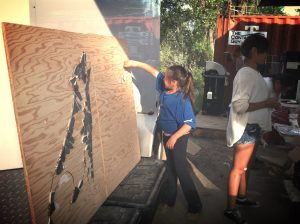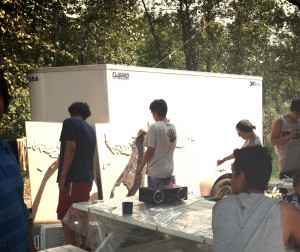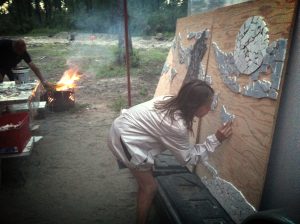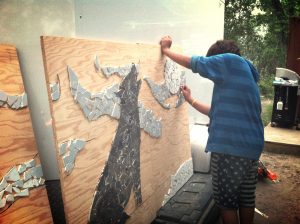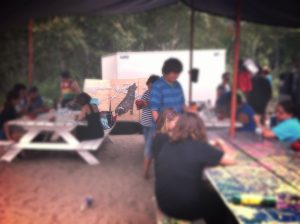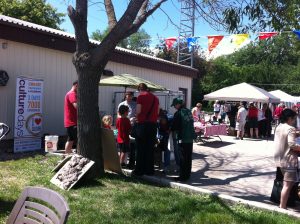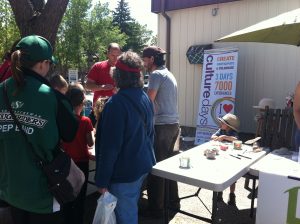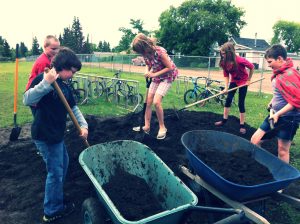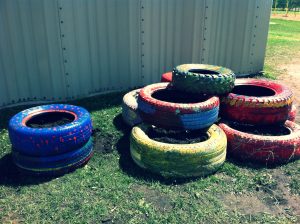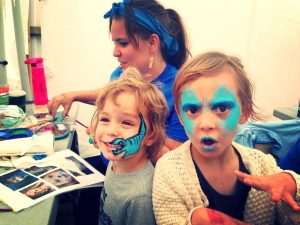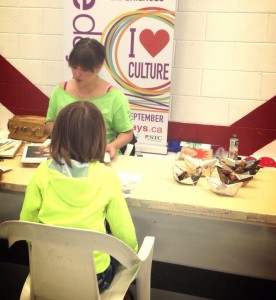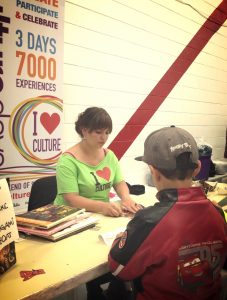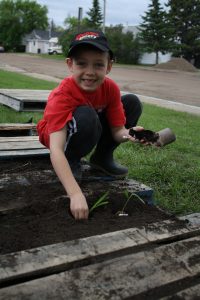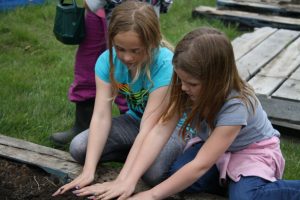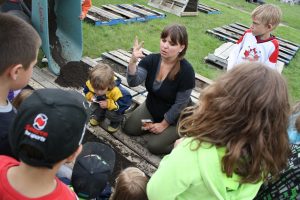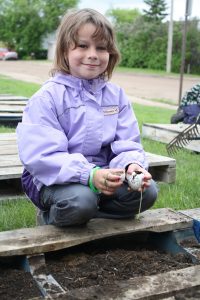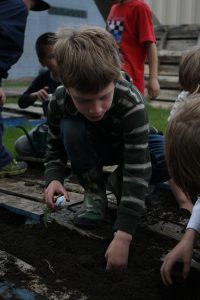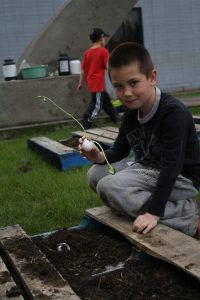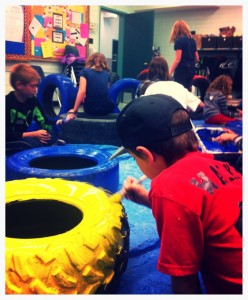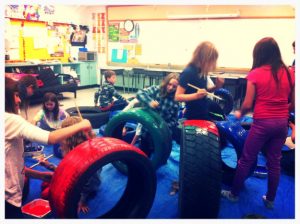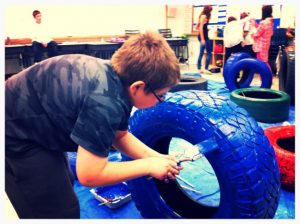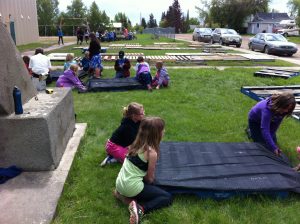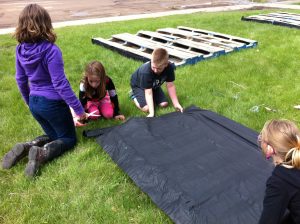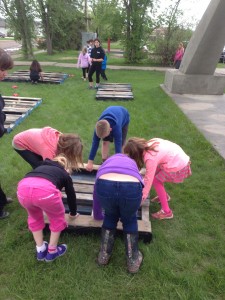Muskoday’s Tile Mosaic
Before July15, most (if not all) of the ceramic tile work I had done had been executed in a clay studio, my studio, or at my make-shift outdoor studio (which really is a big table under a canopy ten feet from my actual studio). Now, however, I can say that I have co-created a very large (four by eight feet, to be precise) broken tile mosaic in the bush alongside the Saskatchewan River.
Awhile back, Marvin Sanderson, of Muskoday First Nation, invited me to work with a youth group during one of their Culture Camps. After discussing a few different options, Marvin asked that I facilitate a tile mosaic of one of their Clan Mothers (the Wolf Clan), with the future intention of then installing said mosaic at Muskoday’s Powwow Grounds, in the picnic area, during Culture Days weekend.
So, on July 15, I was taken down a very bumpy dirt road to Muskoday’s metaphorical “Island,” which is where the camp is located.
They’ve nicknamed this space “The Island” even though it’s still connected to land. But, after spending some time there, I feel it is aptly named. It is a distinct place where the youth and children of Muskoday can come and camp for three days in the middle of the week, during the month of July. They have fun and celebrate and engage in their Culture. There’s archery, canoeing, kayaking, swimming, story telling, talking circles, fishing, and more.
Shortly after I arrived, Marvin gathered the group so I could speak with them. I shared with them my story of how I became a full-time Visual Artist, showed them some photos of my artwork, some photos of examples of what I hoped we could achieve, and then we quickly got to work.
I set up three wood panels of plywood that would make up the entire mosaic on empty coolers in their ‘kitchen’ area, and asked for a volunteer to draw the wolf image we had decided to use. I also did a demonstration of how to break the tile, and asked a group to begin that task. And, lastly, I showed them how to glue the broken tile onto the plywood.
And that was it. For the next three days, kids came to the panels and worked on them when they wanted and could.
Some worked in small groups. Others would come in solitary fashion. But, indeed, they did work. In three days they finished the entire foreground: the wolf, the ground, the moon, and the clouds.

